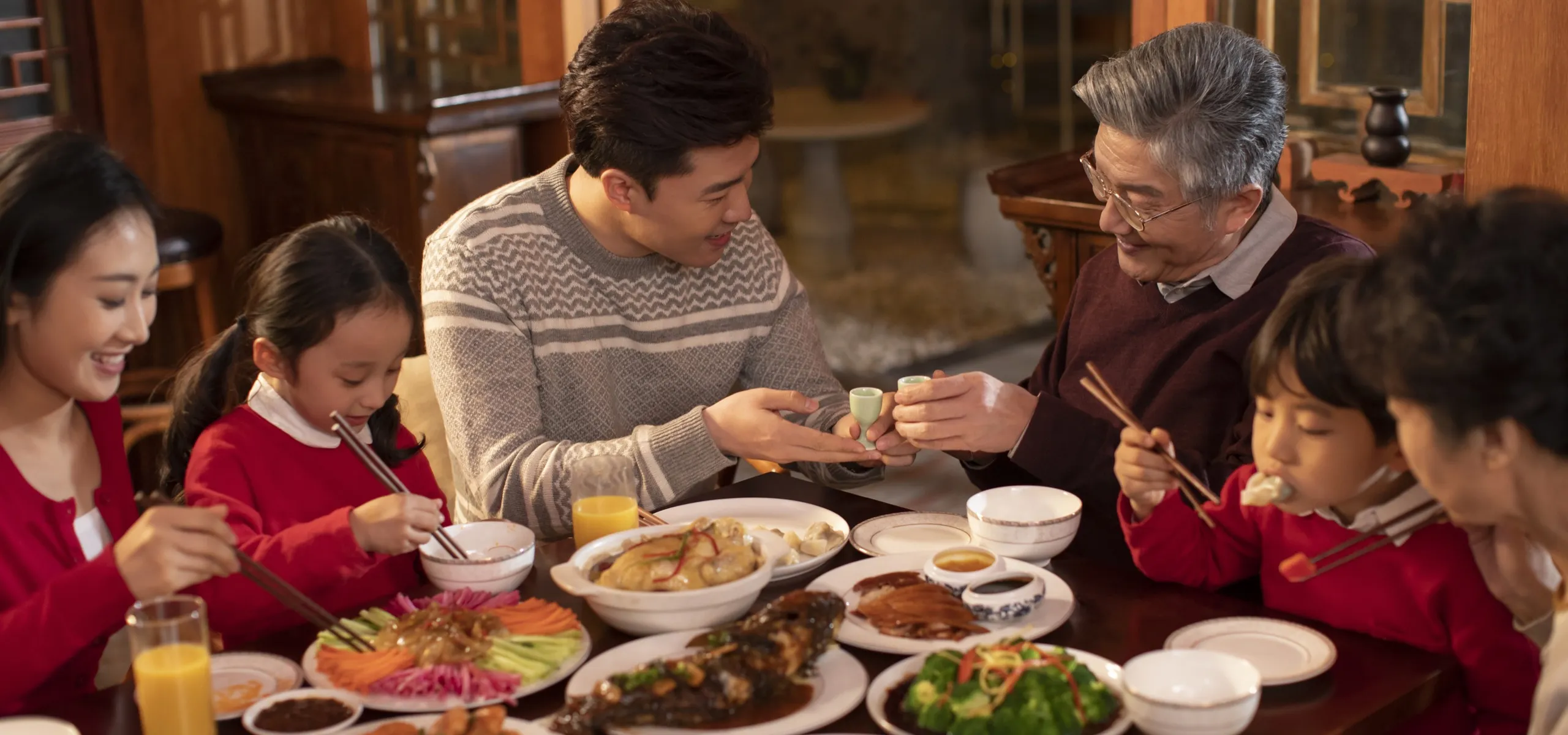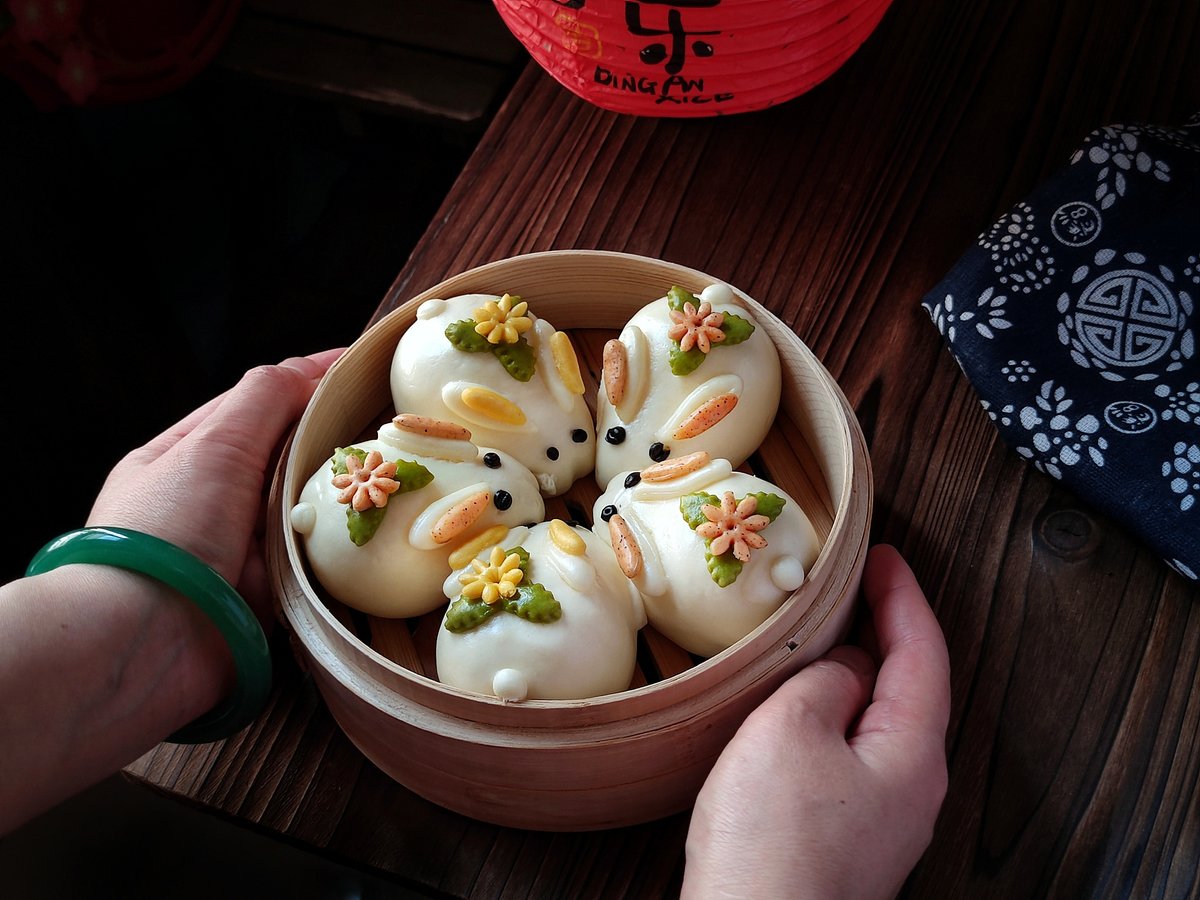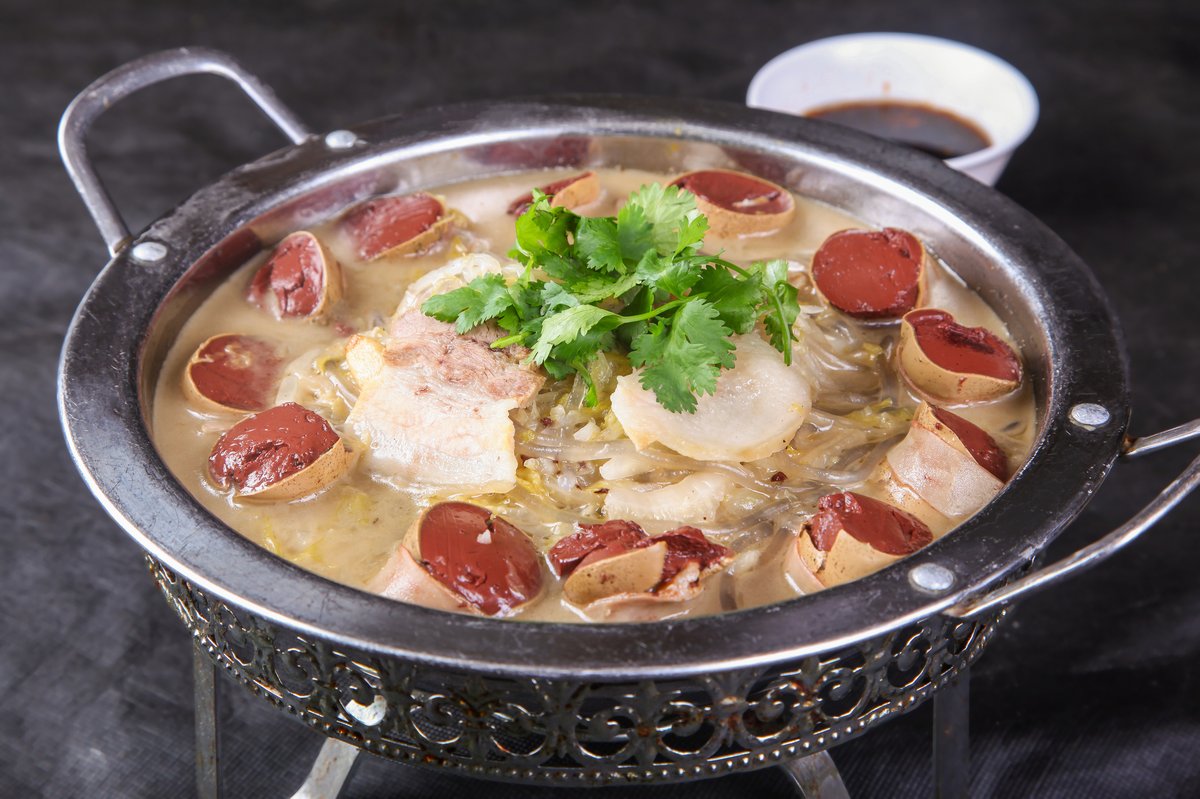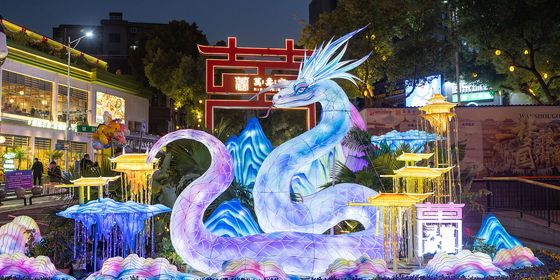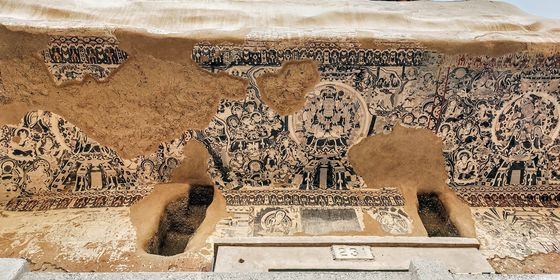Many Chinese New Year traditions revolve around a family dinner, but what’s on the table varies greatly from region to region
Returning to one’s hometown is a time-honored tradition during China‘s Lunar New Year, but for much of the country‘s 1.4 billion people, that’s where the similarities end.
Various parts of China will observe their own rituals and celebrations for the Spring Festival (春节) season, and eat their own specialty foods (many of which are not dumplings). Even the famous family reunion dinner, often known as “New Year‘s Eve dinner (年夜饭),“ is not exempt, as some regions have their big family meal at noon on New Year‘s Day instead, and what‘s found on the table can also vary widely from place to place.
On the tropical Hainan island where rice is harvested three times a year, locals create rice dishes from coconut rice to chicken rice. Unsurprisingly, their New Year delicacy is called ”rice wrapped in vegetables (海南菜包饭)” made with fresh canola seeds, shrimp garlic sauce, and a spoonful of rice wrapped up in a canola leaf in one’s palm. This delicacy is a nutritious treasure bowl, as the rice is fried with over 10 ingredients including squid, sausage, pork, leek, garlic, string beans, and peanuts, symbolizing a prosperous new year.
In Guangdong province by the South China Sea, people regard seafood as a lucky charm. As the word for ”shrimp (虾)” in Cantonese sounds similar to the sound of laughter, scalded prawns (广东白灼虾) are said to bring more joy to everyday life. Steamed scallops with garlic and vermicelli (蒜蓉粉丝蒸扇贝) is also a popular dish, as the rising steam is believed to bring good things aplenty in the coming year.
Strangely, in the neighboring Guangxi Zhuang Autonomous Region, duck is the main dish on the table. As ducks swim in water, duck meat is considered a “cool” delicacy according to traditional Chinese medicine. With a subtropical monsoon climate, Guangxi is even warm in winter, and having some cool duck meat is believed to keep the body in balance. From lemon duck (广西柠檬鸭) to vinegar duck (醋血鸭), beer duck (啤酒鸭), and “tipsy duck” (醉鸭) made with ginger wine, the bird can have many different flavors in Guangxi. Locals eat duck dishes even during the Zhongyuan (”Hungry Ghost”) Festival in summer, as they believe ducks carry their ancestors’ spirits over the river connecting the earth and the underworld and bring them home to the living realm on that day.
In the southwestern Yunnan province, people like to stew pork bones and ham in a soup, and add long-shaped vegetables like leek and garlic sprouts. Without cutting, the whole vegetable is cooked. These “long vegetables (云南长菜)” symbolize the good days getting longer and longer. Interestingly, people in Yunnan sometimes also place a thick layer of pine branches on the floor and sit on this soft mat while enjoying the feast. The pine fills the house with a fresh natural scent for good health.
In Sichuan, a hot year starts with hot sausages (四川麻辣香肠). Sichuanese pork sausage is marinated with Sichuan peppers, salt, sugar, and wine, then traditionally smoked over a cypress branch fire and later hung to dry on the balcony, trees, and even clotheslines. It’s easy to tell that the New Year is approaching in this southwestern province when one sees more and more sausages hanging around the neighborhood.
Every sausage tastes different, as each household has its own secret recipe. When Sichuan natives return to work after New Year’s, they may leave with their luggage stuffed with spicy sausages so that they can enjoy the taste of home wherever they are.
In Shandong province, as with much of northern China, wheat-based foods are staple dishes instead of rice. Shandong is famous for its steamed buns made with local wheat, which can be eaten for all three meals of the day and are renowned for being soft and chewy, containing a natural wheat flavor. During the Lunar New Year, it’s a local tradition to dye steamed buns with colorful fruit and vegetable juices to make ”Shandong flower buns (山东花馒头),” shaping them into auspicious animals like fish and rabbit. For the Year of the Rabbit, bunny-shaped buns might be found on tables around the province: and one might even find a carrot inside if one opens it.
In many villages in northeast China, the New Year ritual starts with butchering the pig that families have been raising all year. The whole village participates in this feast; neighbors come to help and the best butcher proudly demonstrates their skill. The butcher classifies every part of the pig and processes it swiftly. Pork bones are cooked to a broth and fresh pork is added to the mix, together with blood sausages, pickled cabbage, and vermicelli. This becomes the classic dish shazhucai (杀猪菜, ”hog-killing feast”). A simple dip mixed with soy sauce, garlic, and vinegar is enough to enjoy the rich meats.
No part of the hog is wasted in shazhucai. When it is chilly outside, the whole family warms up with hot pork stew. When children get cranky, adults will often feed them pig tails, known for their tender taste and feel. And if there is still something left over, it can be stored in the snow for later—the natural refrigerator of the freezing Northeast.





